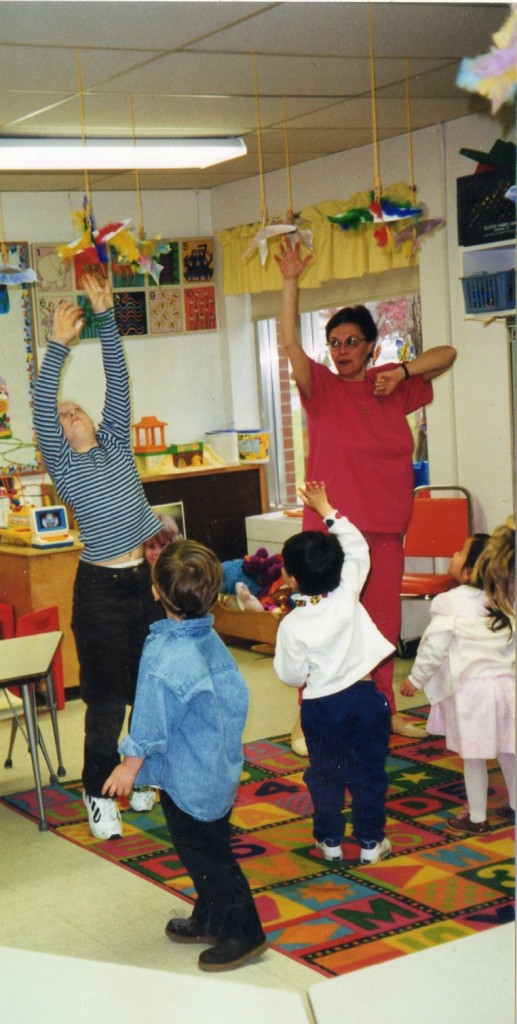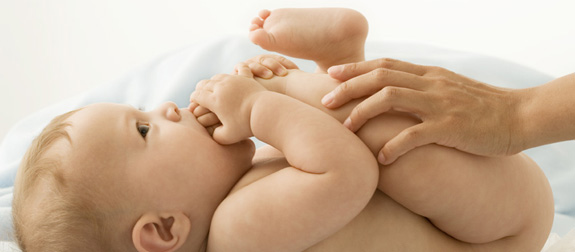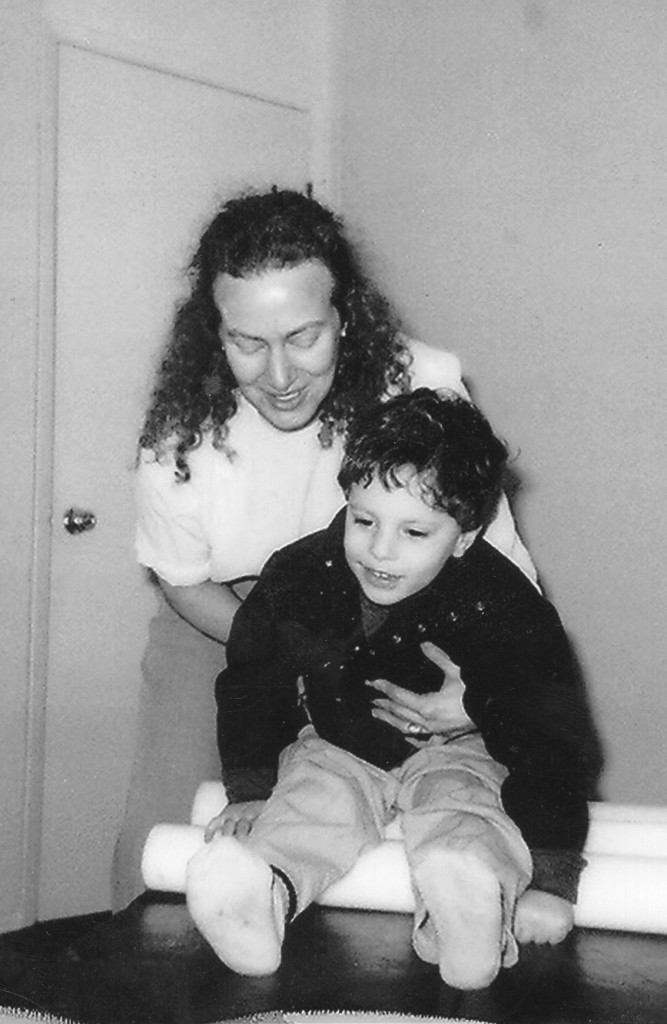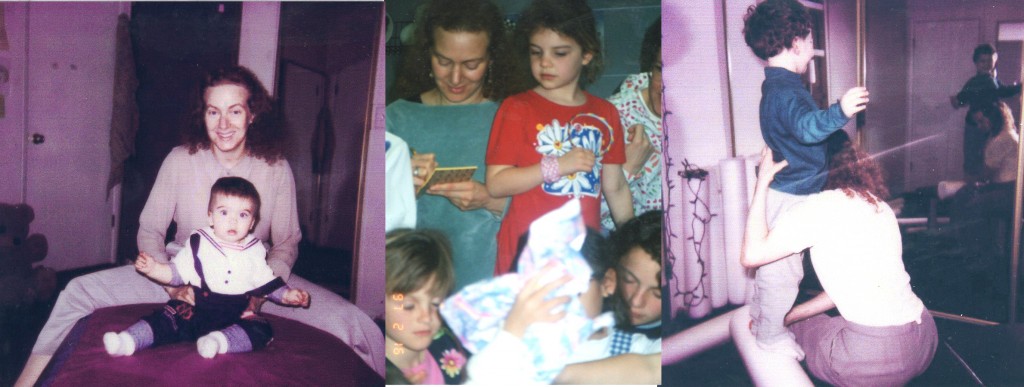Movement and Development through the Years
Treatment for Infants, Babies, and Children with Developmental Difficulties and Movement Disorders 
“Movement is Life; without movement, life is unthinkable” –Dr. Moshe Feldenkrais
Life itself depends on movement. The developing brain relies on movement. The brain spends most of its time figuring out how to move; from thought to action, the brain tells the body how to do everything.
All of the neurological connections that allow normal synchronistic movement occur in sequences. During early developmental stages, these sequences are essential for smooth, automatic, reflexive actions to occur.
When one of those developmental stages is missing in the brain from a variety of sources such as injury, lack of oxygen, trauma, autism, cerebral palsy, Asperger’s syndrone, etc, the sequence of movement is interrupted.
We can restore and create the connections in the brain which result in optimal movement for life activities. By teaching these fundamental movement sequences that are easily and spontaneously learned by infants, babies and children, restoration in learning occurs and thus, actions which were not available before are newly accessible. By adding the natural, rythmic pressure of weight bearing to the movement patterns, restoration of bone density and coordination quickens even moreso.
- More flexibility, less spasticity
- More available access to language development
- More effective learning
- Promotes deeper connection with parents and others
- Helps parents with parenting, training, and family coherence
- More even growth and development
How It Works
The brain makes 100 million connections per second; it is a high speed computer. What we are doing with the movements is tapping into that network of connections to complete sequences may be missing in developmental delays and movement disorders. This produces a brain that can complete thoughts and actions more smoothly, spontaneously, with uninterrupted learning. It accelerates and refines the learning process to increase the baby’s or child’s capacity to think, play, discover, reason, and integrate all activities. Parents connect and learn along with their children through this process so that family life takes on a new life as well. The movements are natural and easy for the baby or child to grasp. Once begun, it is easy to see the eagerness and happiness that the child has with the process, the increase in normal function and the outcome of new learning.
“The Feldenkrais Method is not just pushing muscles around, it is changing things in the brain itself.” Karl Pribram, Neuroscientist




